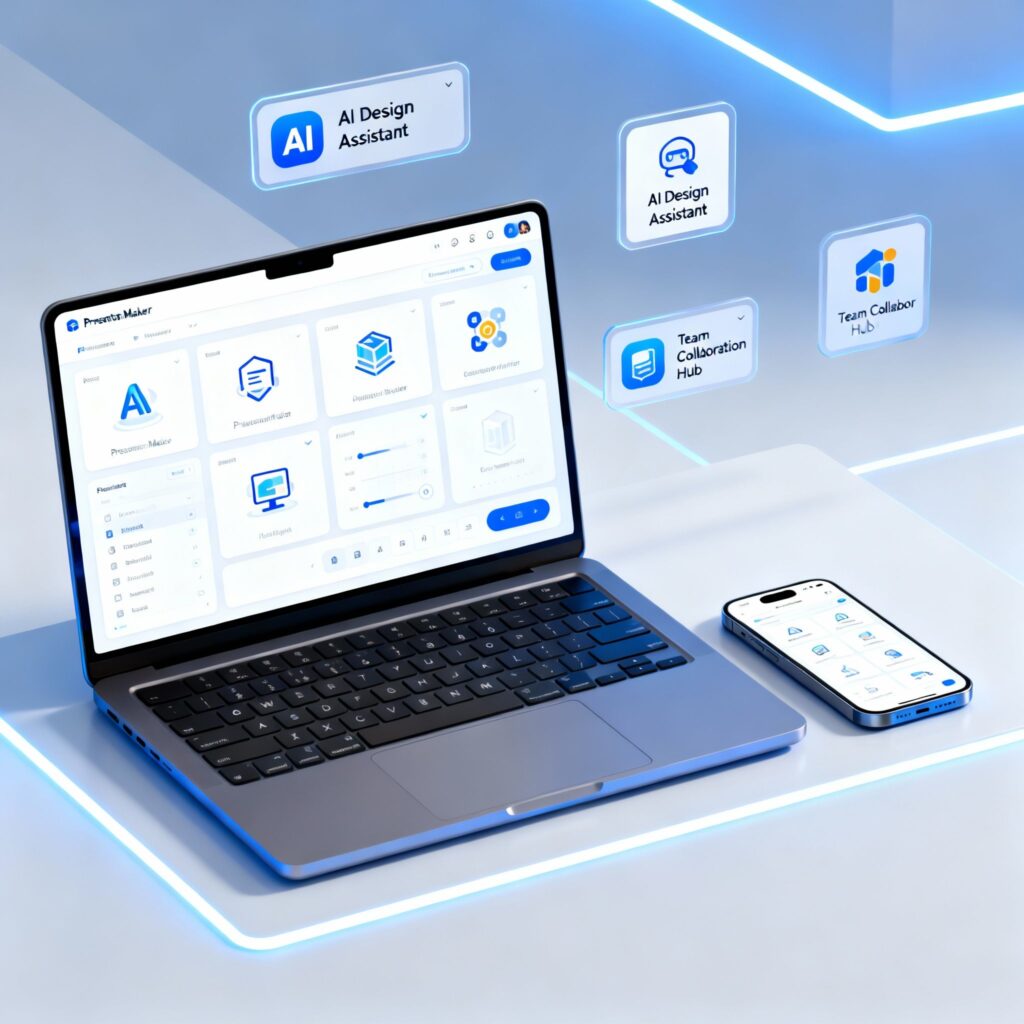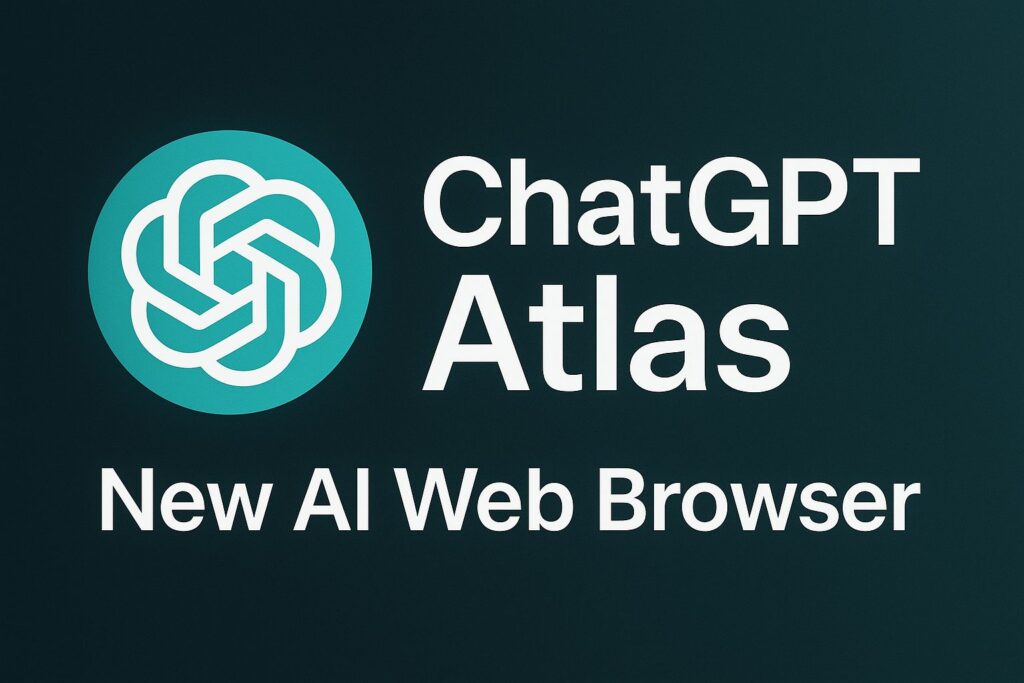Are you ready for the future of the internet? Say hello to Web3, the next generation of the World Wide Web. It’s not just about browsing websites anymore – it’s about owning your own data and having more control over your online experiences. With Web3, you can say goodbye to middlemen and hello to a decentralized world where users are in charge. In this article, we’ll take a closer look at what Web3 is all about and why it’s such an exciting development for the internet.
A New Era Dawns: Web3 Takes Over
Web3 is the latest evolution of the internet, building on the foundations laid by Web1 and Web2. While Web1 was all about static websites and Web2 brought us dynamic content and social media, Web3 takes things even further. It’s a decentralized network that uses blockchain technology to give users more control over their data and online experiences.
From Browsing to Owning: The Power of Web3
One of the key features of Web3 is that it allows users to truly own their own data. With Web2, many of our online interactions are controlled by third-party companies that store our data and use it for their own purposes. But with Web3, users have more control over their data and can choose how it’s used. This means that you can own your own online identity and control what information is shared about you.
Bye-Bye Middlemen: Web3’s Decentralized Magic
Web3 is a decentralized network, meaning that there’s no central authority controlling everything. This is a major departure from Web2, where companies like Google and Facebook have a lot of power and influence over our online lives. With Web3, there’s no need for middlemen, as transactions and interactions can be done directly between users. This creates a more democratic and user-driven internet, where everyone has a voice.
Get Ready to Join the Revolution: Web3 is Here
Are you excited about Web3? It’s already here, and it’s growing fast. There are a number of Web3 projects and platforms that are already making waves, such as Ethereum, IPFS, and Arweave. These platforms are enabling new kinds of decentralized applications, such as social media platforms that are controlled by users, rather than companies.
The Future is Bright: Web3’s Promise
Web3 has the potential to transform the internet as we know it. It’s a new era where users have more control over their online experiences and can truly own their own data. With Web3, we can build a fairer, more democratic internet that’s not controlled by a few big companies. There are already some exciting projects and platforms out there, and we can’t wait to see what the future holds.
Potential Challenges: The Road Ahead
Of course, there are also potential challenges with Web3. For example, there may be new security risks associated with decentralized networks, or it may be harder to regulate certain types of online activity. But overall, the benefits of Web3 seem to outweigh the risks. We’re still in the early days of this new era, and it will be interesting to see how things develop over time.
Conclusion: Web3 is the Future
Web3 is the future of the internet, and it’s already here. It’s a decentralized network that gives users more control over their online experiences and data. With Web3, we can say goodbye to middlemen and hello to a more democratic internet that’s controlled by users. There are already some exciting projects and platforms out there, and we can’t wait to see what the future holds. So get ready to join the revolution – Web3 is here!
Discover more from TechResider Submit AI Tool
Subscribe to get the latest posts sent to your email.




